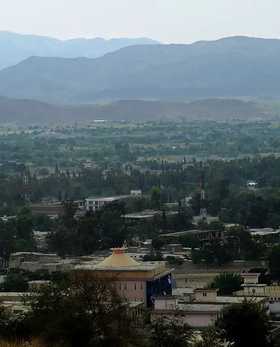In general, the Cost of Living in Khost, Afghanistan feels modest, especially if you prioritize local services and non-touristy options. Daily needs like produce from markets, basic transport, and simple dining can be affordable relative to larger cities in Afghanistan and the region. Value comes from longer stays with a more predictable routine, not luxury amenities. Accommodation ranges from simple guesthouses to smaller apartments, typically with bargaining room for longer leases. For digital nomads, you’ll want a reliable internet setup and a safe neighborhood; consider nearby hubs with expatriate familiarity, but be mindful of security considerations. Tip: Start with a short-term plan to test housing, connectivity, and safety before committing.








